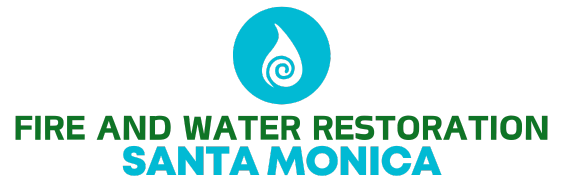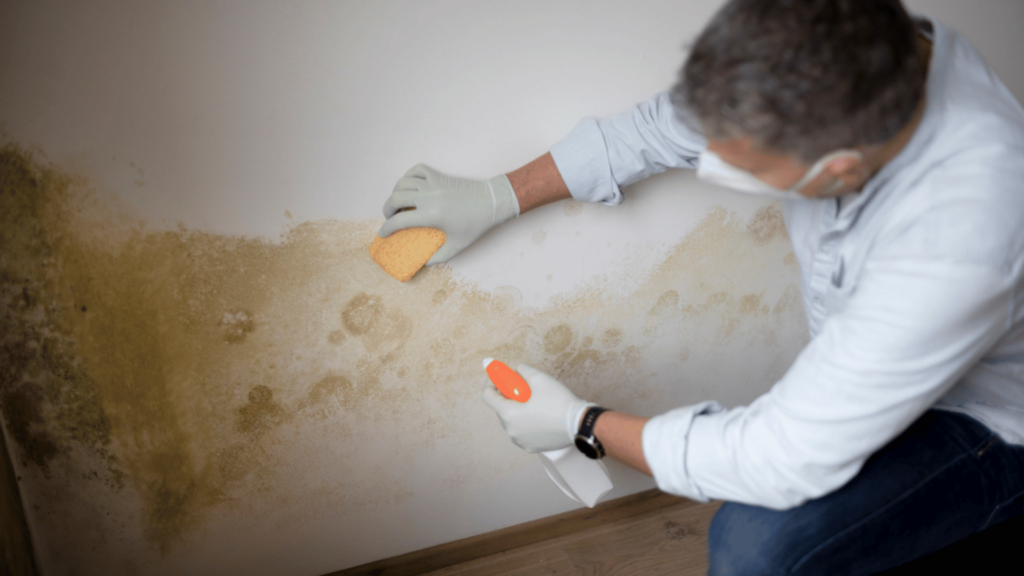One small leak, one heavy rain, or one forgotten appliance can quietly open the door to a much bigger problem—mold. Long before mold becomes visible or starts to smell, it can already be growing in your walls, floors, or ceilings. And often, the root of the problem is excess moisture caused by some form of water damage.
Understanding the link between water intrusion and mold growth is the first step in protecting your home and your health. Acting quickly can mean the difference between a minor repair and a costly restoration—or worse, a serious health risk.
Why Moisture Is Mold’s Best Friend
Mold spores are everywhere—in the air, on surfaces, even clinging to your clothes. But they don’t grow and spread until the right conditions are present. All it takes is moisture, warmth, and a food source like wood, drywall, or dust for mold to thrive.
When water enters your home, whether from a leaking roof, a broken pipe, or a flooded basement, it often soaks into materials that don’t dry easily. These materials—such as insulation, carpet padding, or drywall—can remain damp for days. Mold can begin growing on these surfaces in as little as 24 to 48 hours. That’s why time is so critical.
The Hidden Ways Water Invites Mold In
Not all water damage is dramatic. In fact, slow leaks and unnoticed drips are often the most dangerous, because they go untreated for longer. Common hidden water damage sources include:
– Leaky plumbing behind walls or under sinks
– Roof leaks that slowly seep into ceilings and attics
– Faulty HVAC systems causing condensation buildup
– Cracks in foundations or poorly sealed windows
– Overflow from bathtubs, toilets, or washing machines
These situations create small pockets of moisture that are perfect for mold to establish itself before you even realize there’s a problem.
Where Mold Loves to Grow
Once mold starts, it spreads fast. It particularly thrives in parts of the home that are dark, warm, and poorly ventilated. High-risk areas include:
– Basements and crawl spaces
– Behind drywall or baseboards
– Attics, especially those with roof issues
– Bathrooms with inadequate exhaust systems
– Around windows with poor seals
– Underneath carpet or laminate flooring
If you start to notice a persistent musty smell, strange discoloration on walls or ceilings, or any warping in materials, it’s a strong sign that mold may be growing out of sight.
Health Problems Mold Can Cause
Mold doesn’t just damage buildings—it affects people, too. Exposure to mold spores can cause a variety of symptoms, especially in children, seniors, or anyone with asthma, allergies, or weakened immune systems. Common health effects include:
– Sneezing, coughing, or throat irritation
– Nasal congestion and sinus pressure
– Itchy, red, or watery eyes
– Skin rashes or irritation
– Worsening asthma or respiratory conditions
Some molds, especially black mold, have been linked to more severe health problems, such as chronic fatigue, lung infections, and neurological symptoms with long-term exposure.
What To Do Immediately After Water Damage
The key to avoiding mold is speed and thoroughness. If your home experiences any kind of water intrusion, follow these essential steps:
1. Stop the Source of Water
The first step is always to identify and stop where the water is coming from. Whether it’s a broken pipe, a leaking roof, or flooding from outside, addressing the source prevents more moisture from entering and worsening the problem.
2. Start Drying Right Away
Time is crucial. Use fans, open windows, and dehumidifiers to start drying out the space immediately. Remove any water-soaked items like rugs, furniture, or curtains that could trap moisture. For larger areas, it may be necessary to call in water damage restoration professionals who can use specialized equipment to dry and sanitize affected spaces.
3. Inspect for Mold
Once the area is dry, start inspecting for any signs of mold. Look for black, green, or white patches, and follow your nose—mold often produces a distinct, musty odor. For areas hidden behind walls or under floors, professional mold inspection may be necessary.
4. Clean Mold Safely and Thoroughly
If you find mold in an area smaller than about 10 square feet, you may be able to handle the cleanup yourself. Use gloves, a mask, and protective eyewear, and scrub the area with a mold remover or a mixture of detergent and water. Never paint over mold. If the area is larger or if the mold keeps coming back, hire a certified mold remediation expert to safely remove it and treat the area.
5. Make Repairs and Prevent Future Growth
Once everything is cleaned and mold-free, it’s time to repair the damage. Replace drywall, flooring, or insulation as needed, and consider using mold-resistant materials. Seal any gaps that allowed water in and improve ventilation in problem areas to help reduce humidity.
Tips to Prevent Mold Before It Starts
You may not always be able to stop water from getting into your home, but you can reduce the risk of mold by staying proactive. Here are a few helpful habits:
– Address any leaks immediately—big or small
– Use exhaust fans in bathrooms, kitchens, and laundry rooms
– Run dehumidifiers in damp spaces like basements
– Keep your indoor humidity between 30–50%
– Clean and inspect gutters regularly to prevent roof leaks
– Inspect your home seasonally for signs of moisture or damage
Mold is more than just a nuisance—it’s a sign that water has made its way where it shouldn’t be. And once it starts, it can quickly spread and impact both your home and your health. But with the right knowledge and immediate action, you can stop mold in its tracks.
Don’t wait for the smell or the stains to show up. If you’ve recently experienced water damage—or even suspect it—act quickly. Dry the area, check for hidden moisture, and call in professionals when necessary. Staying ahead of mold not only saves money on repairs but ensures your home remains a safe and healthy place for everyone inside.

